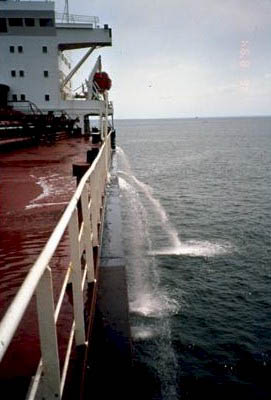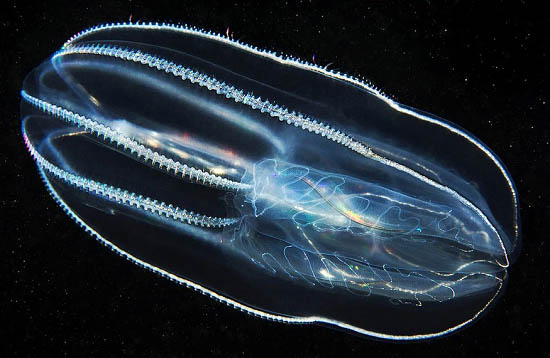
Before leaving a port for a voyage across the ocean, large ships take on ballast water. When they get to their destination they no longer need it so it is discharged. This works well for those who handle the ship’s wheel, but it can have negative effects on the environment.
Water organisms that spread across oceans in ships’ ballast water are not a new occurrence. But its effects are expanding. The best known is the case of zebra mussels, which were introduced to Great Lakes waters decades ago by ballast dumping in the St. Lawrence Seaway.
This created a domino effect that is felt throughout the Great Lakes, as well as inland lake systems such as Ontario’s Rideau and Kawartha waterways. Zebra mussels would cling to docks, boats and also clog water intake pipes. They would expand their range by attaching to a boat passing through the locks.
Ballast water contains a variety of biological materials, including plants and bacteria. The environmental problem is the presence of non-native species. These often include non-native, nuisance, exotic species that can cause extensive ecological and economic damage to aquatic ecosystems, along with health issues for people.

Less well known is the freshwater jelly fish, located in The Great Lakes, that scientists think may have been here for more than a century. They came from China’s Yangtze River, also in the ballast of ships. Most of their life in Canada is as polyps, until they evolve into the medusa form. Weather conditions determine when that change takes place. Sometimes they stay as polyps the whole year and this means we may not see them.
Jellyfish are soft-bodied aquatic animals with a bell and trailing tentacles. The bell’s pulsations enable propulsion. The tentacles capture prey or defend against predators by emitting toxins in a painful sting. Jellyfish range in size from one millimetre to almost two metres.







1 Comment
Pingback: Non-native organisms spread around world in ships’ ballast water - NaijaVoxPop